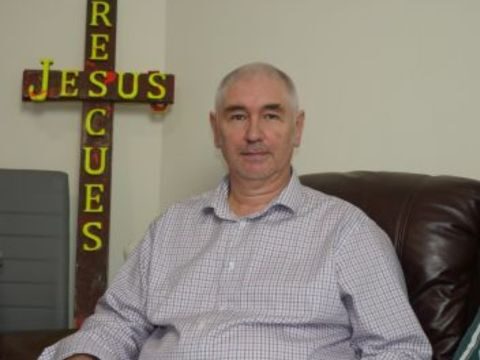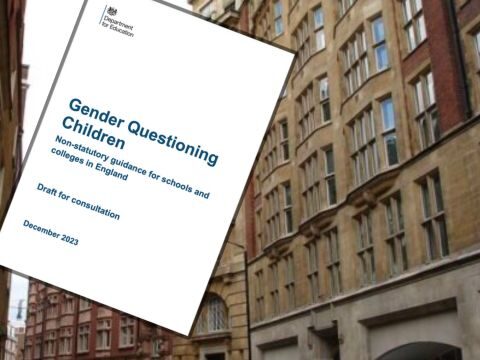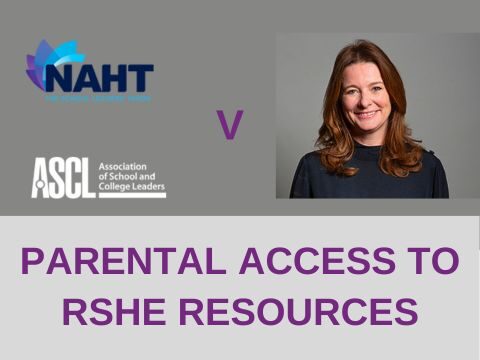

The dubious practice of off-rolling
Ofsted has announced that it is to conduct an investigation into exclusion figures, in particular trying to establish why two regions in the north-east (Yorkshire and the Humber) have higher rates of excluded pupils than anywhere else in England. Six of the 10 worst offending areas are situated in the north-east, with exclusions running at more than 1 in 10 pupils.
Schools already have to make statistics on behaviour and pupils removed from the school roll available to Ofsted. They also have to show records of exclusion, together with reasons. There are various types of exclusion, with clear rules about how the sanction can be applied. Pupils can be excluded for fixed periods of time – anything from part of a day to a maximum of 45 days in any school year. More than one fixed period exclusion can be applied within the year. In the extreme, exclusion can be permanent, in which case a local council has to provide education for expelled pupils from the sixth day after expulsion. Parents can appeal against both types of exclusion using a clearly defined process.
As teaching unions, teachers and frustrated parents point out, constant disruptive behaviour in schools costs everyone access to the best possible education, so schools do need powers to deal with students who have failed to comply with the lengthy process of supporting changes to behaviour. They also have a duty to keep staff and students safe. However, students who face exclusions (particularly repeated ones), are often dealing with complex problems that extend beyond the classroom. These students need support networks which similarly extend beyond the school walls.
But there is growing concern that schools are off-rolling students whose exam results are likely to harm the school’s performance and therefore its league table positions; there is also some evidence that schools are using fixed period exclusions to make sure that disruptive students are not in school at the same time as Ofsted inspectors. There is certainly evidence that some parents are being told that if they remove their child to home education, they can avoid an expulsion that will remain on their child’s record and harm their future prospects.
Robert Halfon, chair of the Education Select Committee, has recently been conducting an enquiry into alternative provision. With exclusions running at about 35 pupils every school day, he is calling for a ‘clear set of rules’ to overcome what he believes to be an injustice. With both pupils and their parents unprotected in cases of wrongful exclusion (such as off-rolling), he suggests that a Bill of Rights for pupils would create greater transparency around the process, as schools would be subject to close scrutiny.
Although statutory guidance says that exclusion should only be used for serious breaches of a school’s behaviour policy or if the student’s continued presence is a threat to the safety of other students, schools interpret this in very different ways. Academies control their own admissions and can refuse to take pupils with a history of poor behaviour, so students living in areas where most schools are academies have no access to a fresh start in another school. There are also no national standards governing the quality of the alternative provision which local councils are obliged to provide, so the quality of support and education can be variable.
With the numbers of students excluded or expelled growing year on year, answers need to be found. And as with most issues that impact negatively on schools, this is a social issue – schools cannot solve society’s ills alone, however many initiatives the government introduces.
No amount of initiatives will work until disruptive, aggressive or violent behaviour is addressed holistically.






